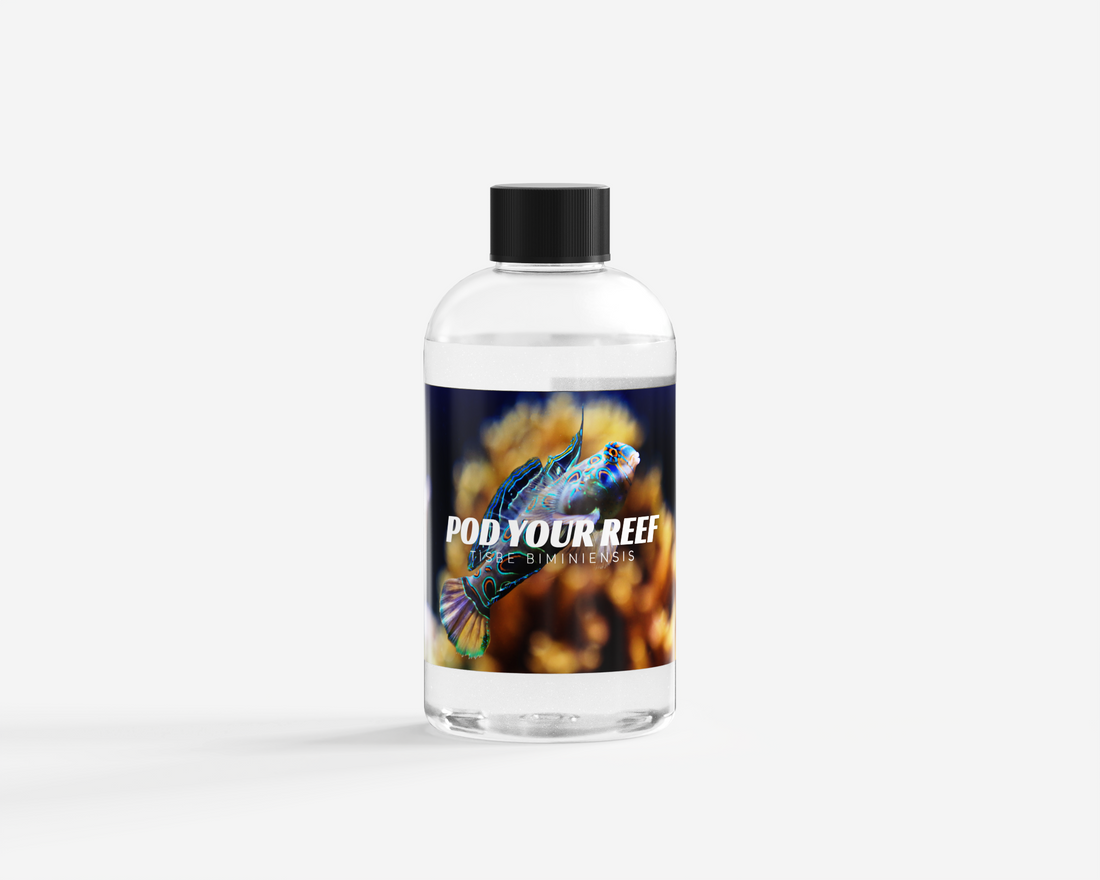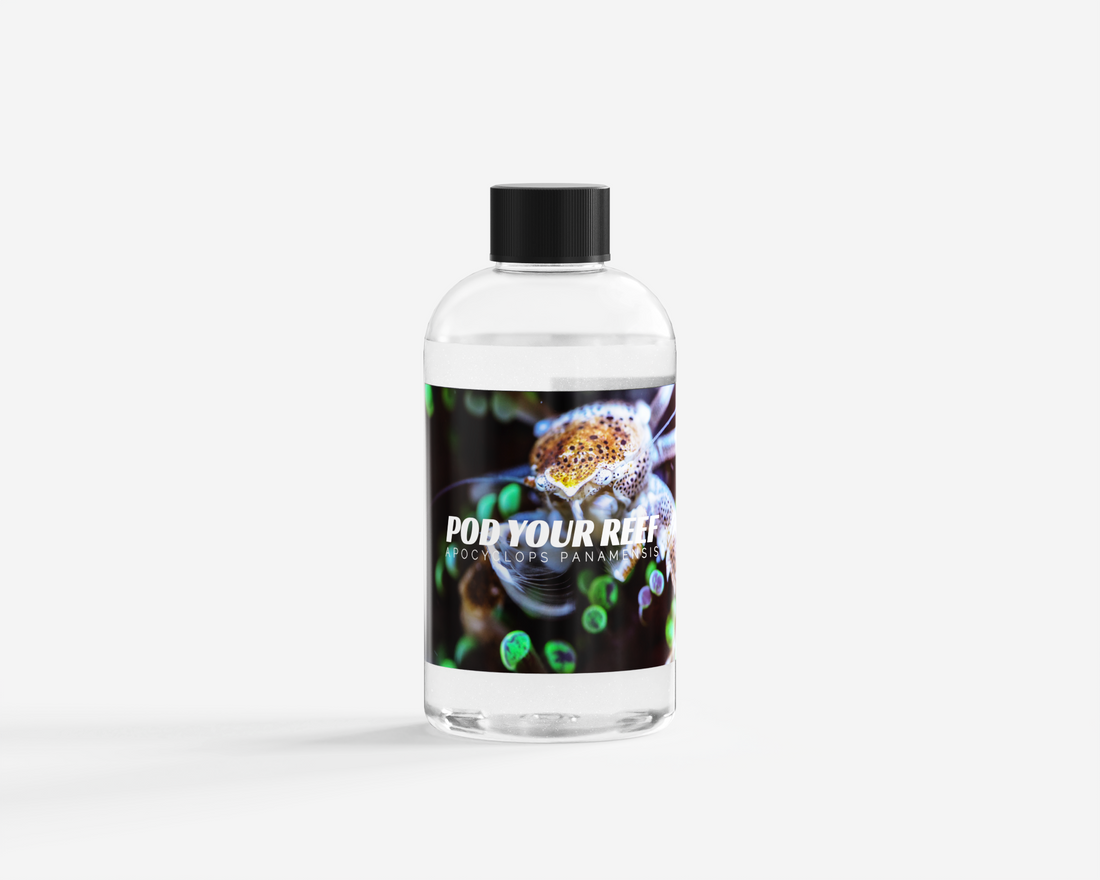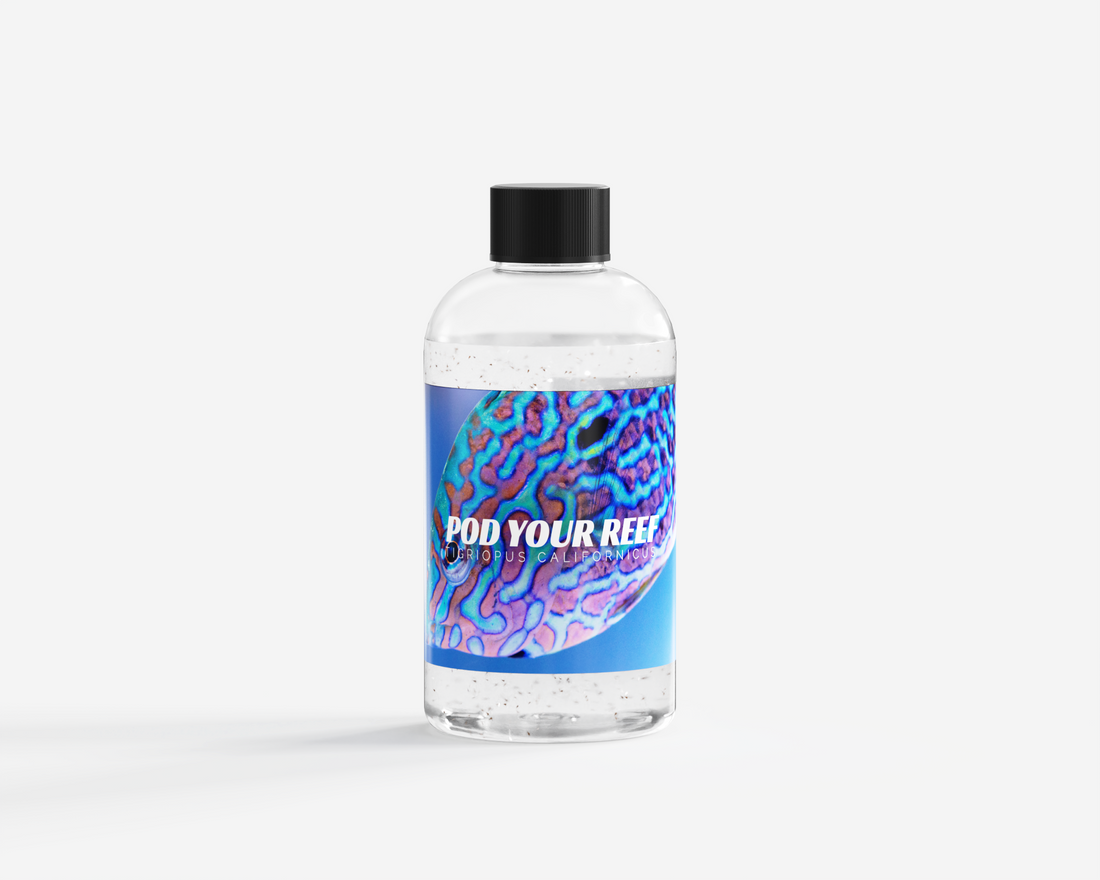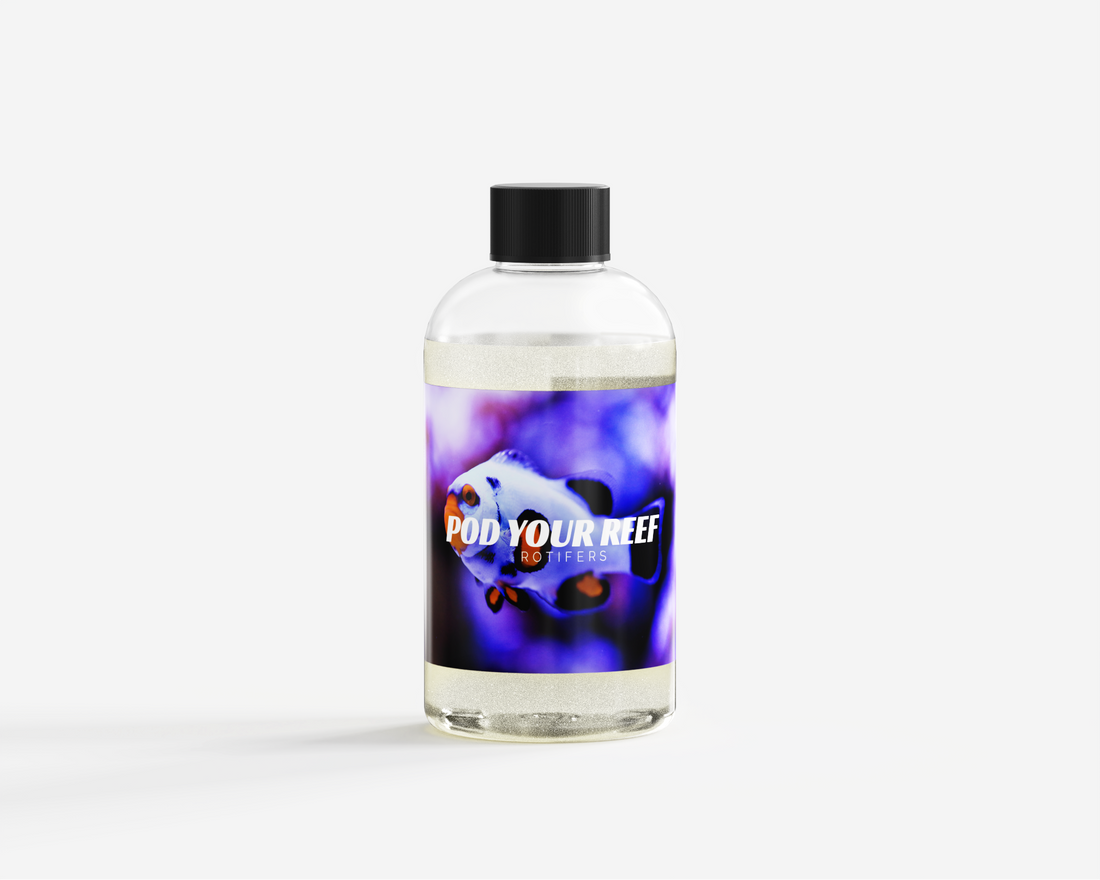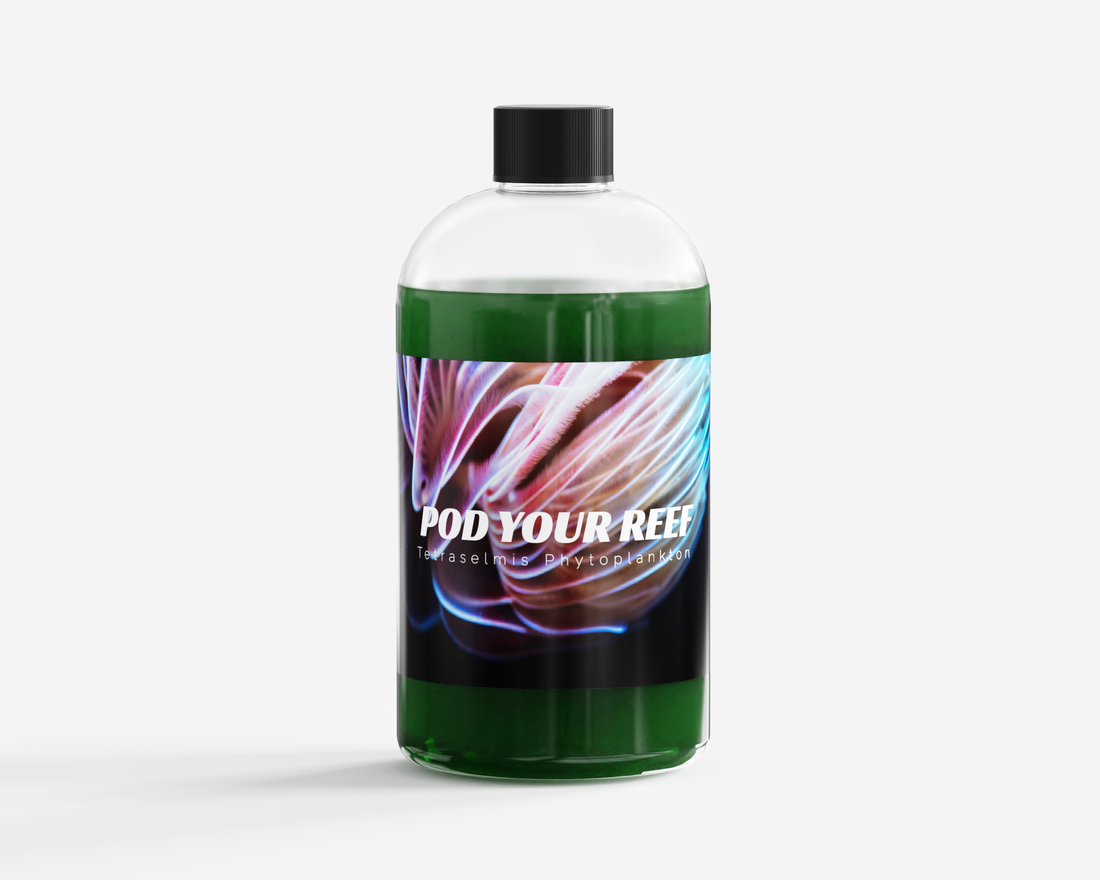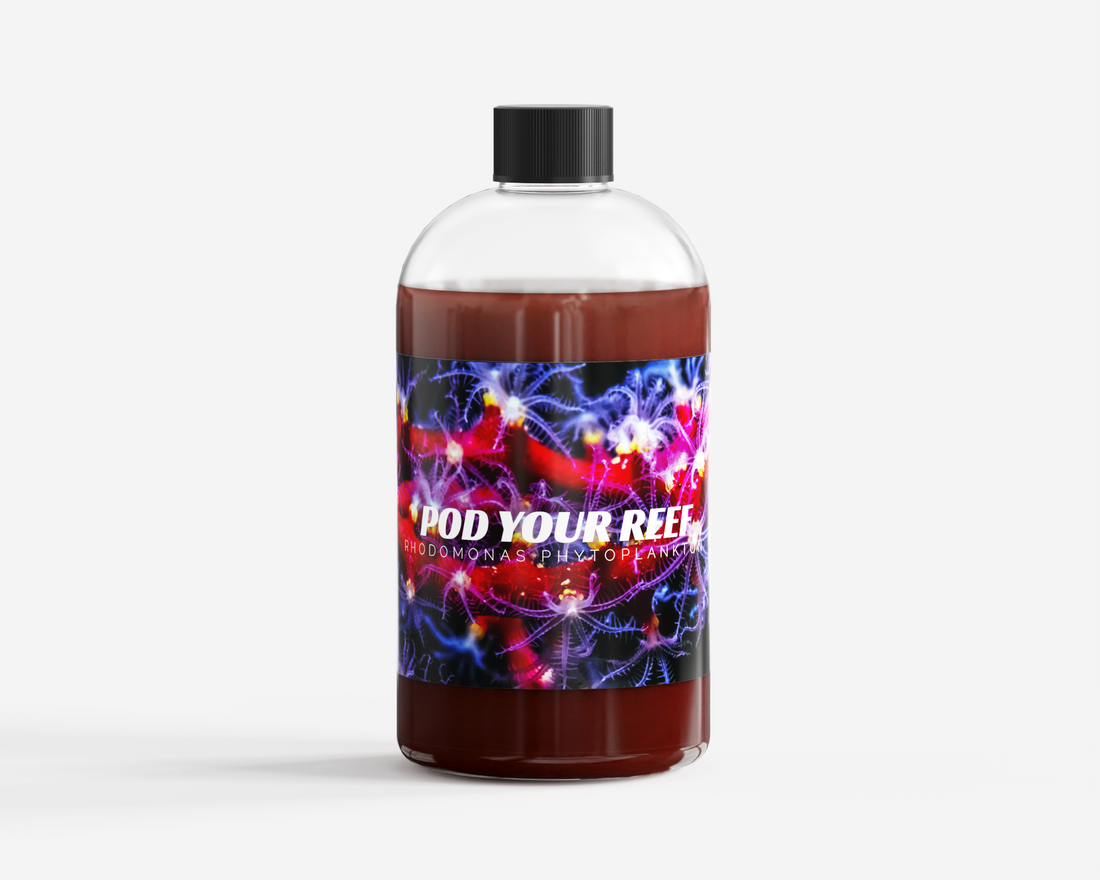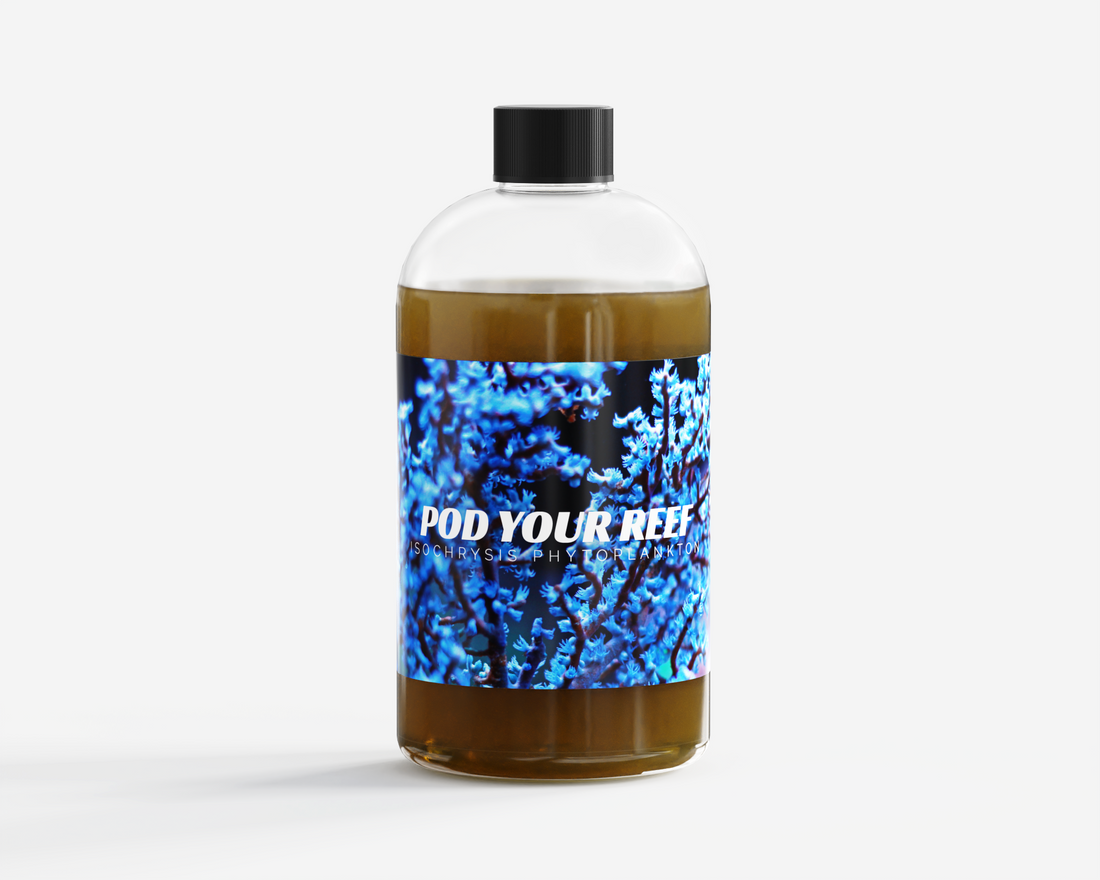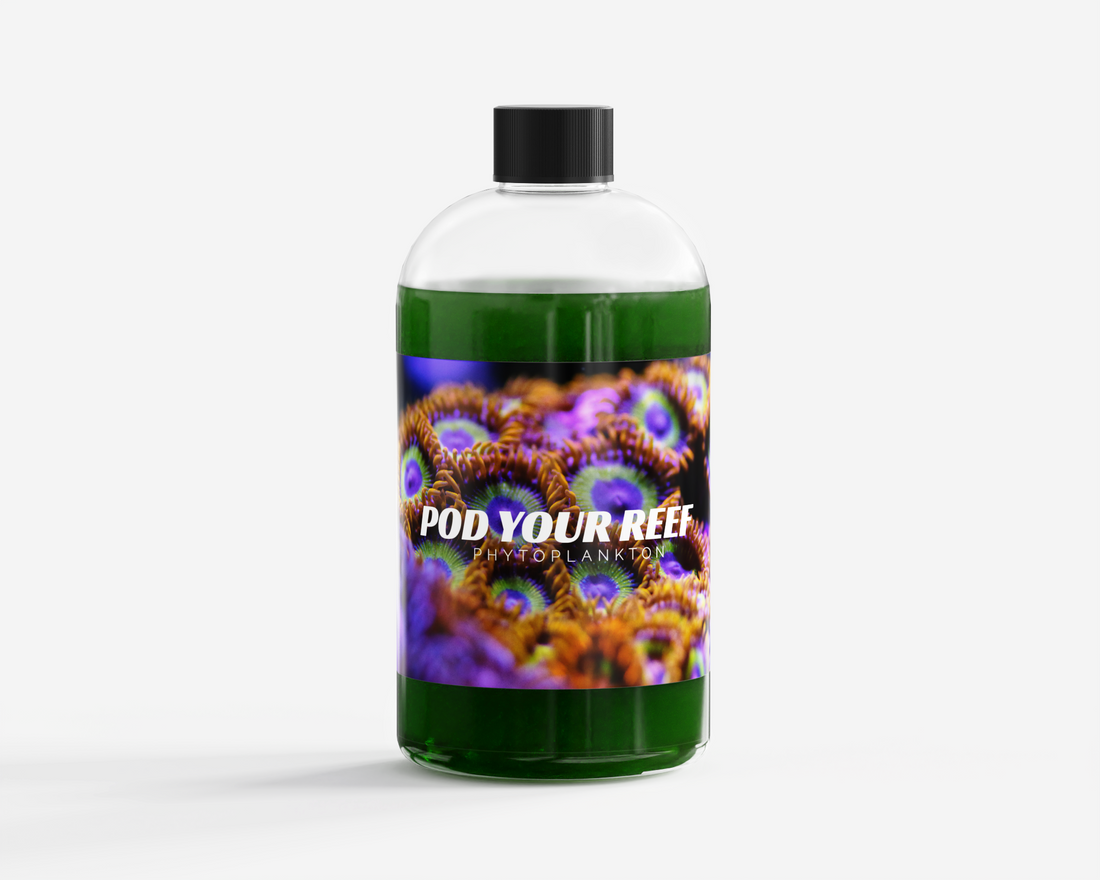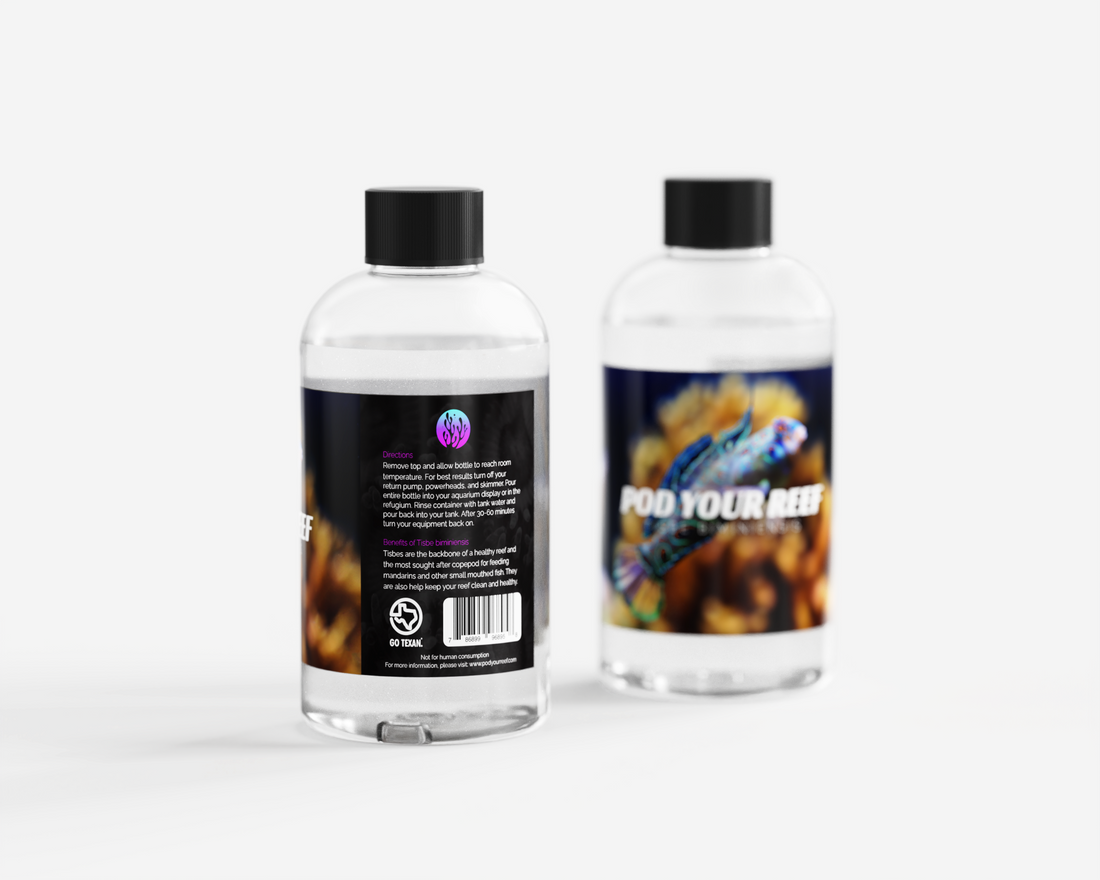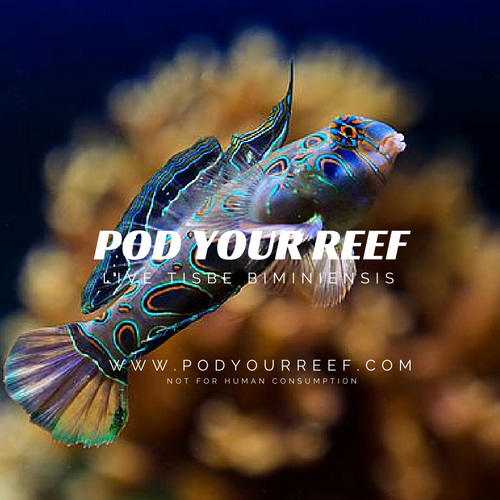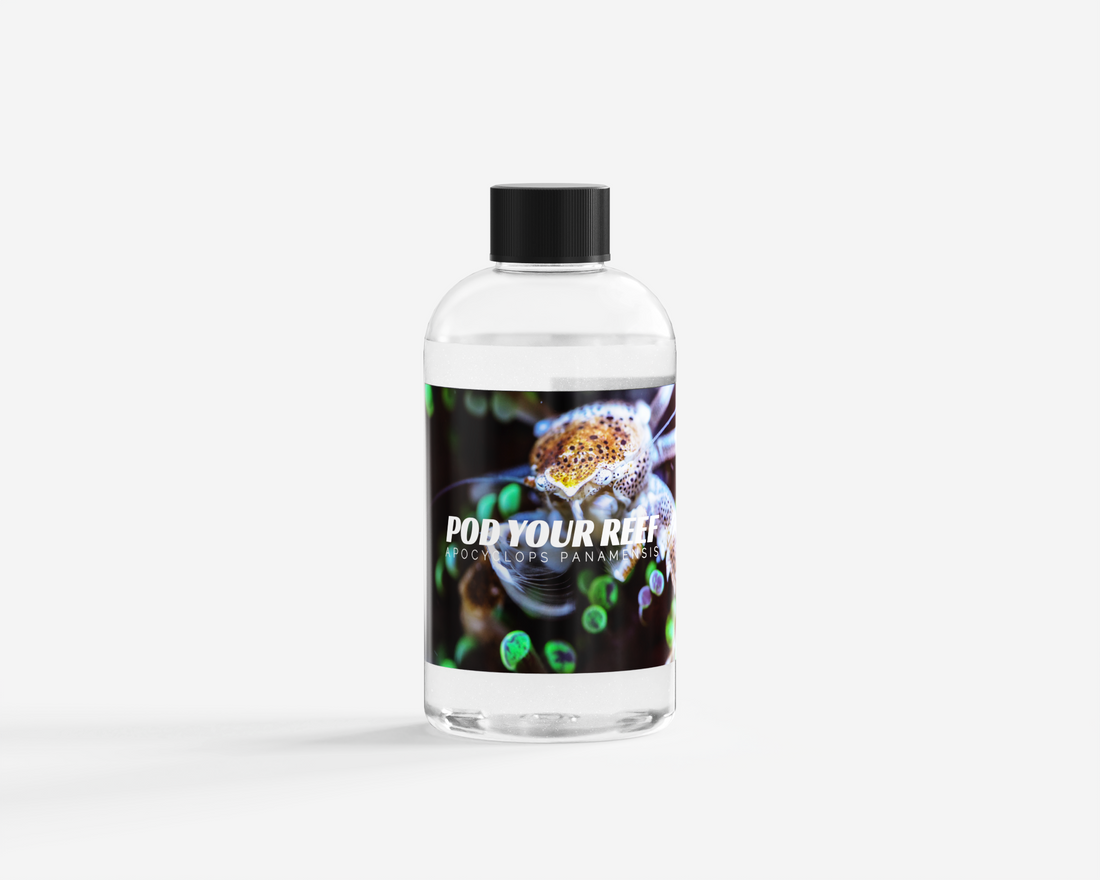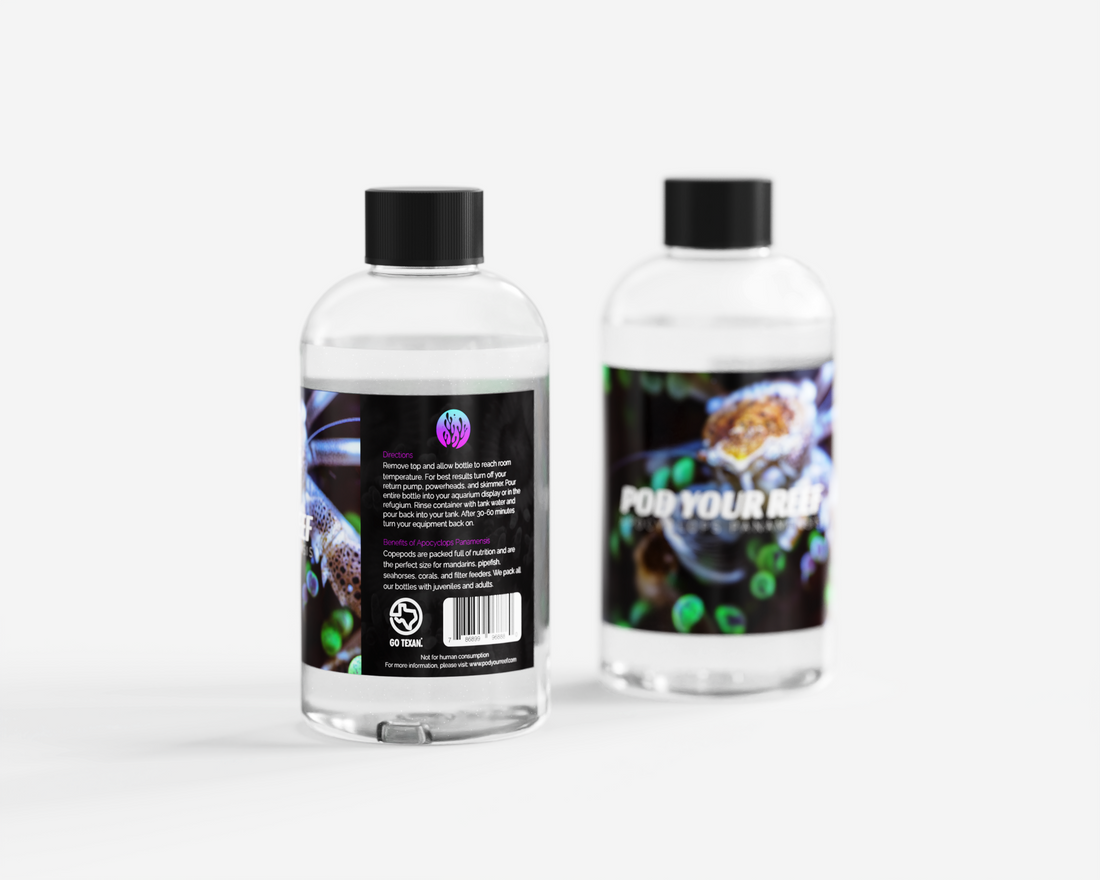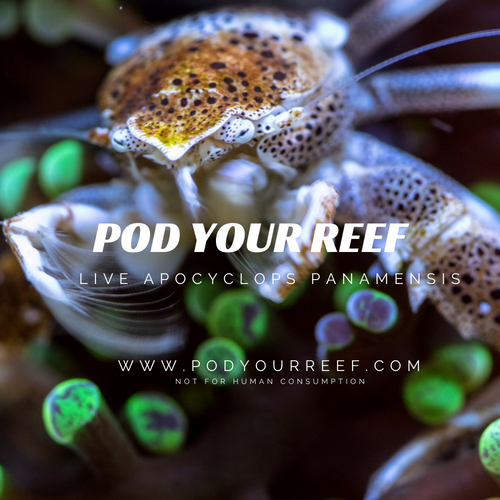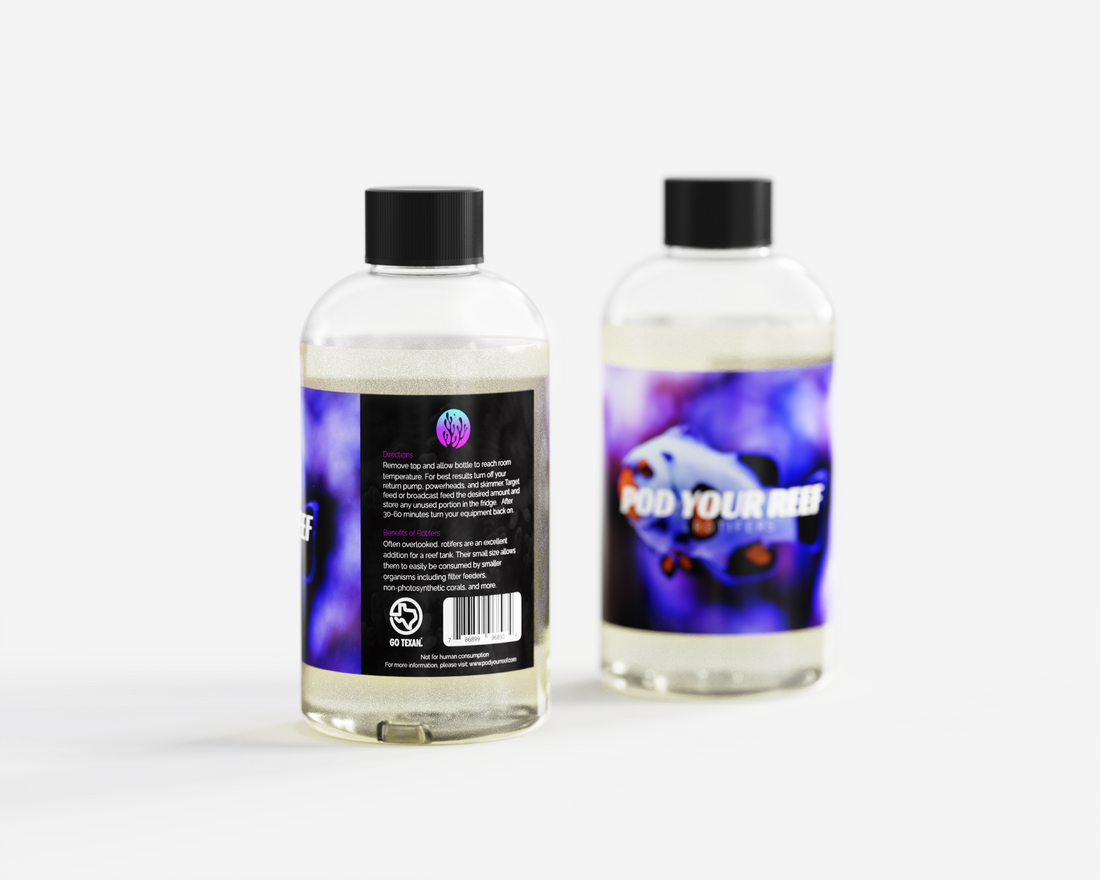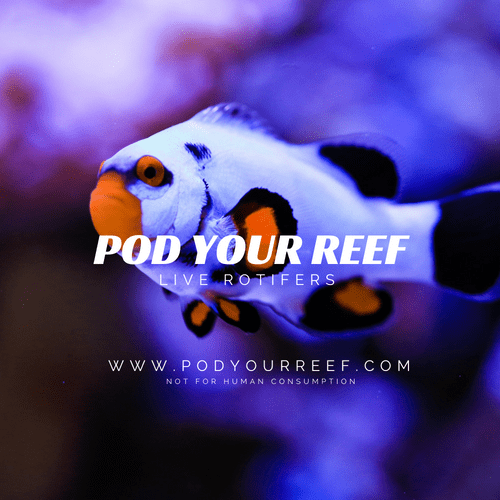
Care
Why Water Changes Won’t Wipe Out Your Copepods
Why Water Changes Won’t Wipe Out Your Copepods
Introduction
Copepods are essential to marine ecosystems, particularly reef aquariums, where they serve as detritivores and a vital food source for fish and corals. Among the many copepod species, Tigriopus californicus, Apocyclops panamensis, and Tisbe biminiensis stand out for their hardiness, reproductive efficiency, and feeding adaptability. Many reef hobbyists express concern over losing copepod populations during routine water changes. However, a closer look at their biological traits and resilience suggests that these concerns are largely unfounded.
Nutrient Build-Up and the Role of Water Changes
In reef tanks, nutrients such as phosphates, nitrates, and other trace elements can accumulate over time. These substances result from fish waste, uneaten food, and decaying organic matter. Excessive nutrient build-up can lead to poor water quality, algae overgrowth, and even harm sensitive corals and invertebrates. To maintain optimal water parameters, hobbyists have traditionally relied on water changes as a primary method of diluting and removing unwanted nutrient concentrations.
During a water change, a portion of the tank water is siphoned out and replaced with fresh, clean saltwater. While effective in controlling nutrient levels, novice hobbyists often worry that the siphoning process will inadvertently remove significant amounts of zooplankton, particularly copepods. However, given the biological characteristics of Tigriopus californicus, Apocyclops panamensis, and Tisbe biminiensis, this concern is largely unnecessary.
High Reproductive Rates Ensure Population Stability
One of the most compelling reasons hobbyists need not worry about copepod losses during water changes is their remarkable reproductive rates. Studies on Tisbe biminiensis and Tigriopus californicus have shown that they are capable of mass reproduction even under varying salinity levels. In laboratory settings, Tisbe species have demonstrated exponential growth, achieving peak densities within just a few weeks.
Similarly, Apocyclops panamensis thrives in a range of salinity conditions and exhibits high clutch sizes, making it an excellent choice for aquariums. These copepods' reproductive output means that even if a portion of the population is lost during a water change, they quickly rebound, ensuring a stable and thriving community.
Adaptability to Environmental Changes
Copepods are highly adaptable and thrive in environments with fluctuating salinities and temperatures. Studies on Tigriopus californicus have demonstrated an extreme tolerance to salinity variations, from as low as 1 ppt to as high as 132 ppt. This resilience allows them to survive and recover quickly from the temporary disturbances that occur during water changes.
Additionally, Tigriopus californicus naturally inhabits high intertidal pools, where it faces regular fluctuations in water levels, evaporation, and dilution due to rain. These conditions mirror the temporary disruptions caused by water changes, reinforcing its ability to persist in aquarium environments.
Feeding Behavior and Diet Diversity
Copepods are opportunistic feeders, meaning they can adapt to a wide range of food sources. Tigriopus californicus, for instance, has been observed consuming detritus, diatoms, and even small crustaceans. This varied diet ensures they continue to thrive even after water changes, as they can quickly locate and consume available organic material.
Similarly, Tisbe biminiensis and Apocyclops panamensis species have demonstrated flexibility in their diet, feeding on microalgae such as Tetraselmis and Rhodomonas, which are commonly found in reef aquariums. This adaptability further supports their resilience to temporary disruptions in the tank.
Providing Proper Habitat and Food Supply
Instead of worrying about copepod loss during water changes, reef hobbyists should focus on providing a safe space for copepods to reproduce free from predation. This can be achieved by maintaining refugiums, macroalgae beds, and porous live rock, where copepods can establish stable populations.
Additionally, ensuring a consistent food source is crucial for maintaining a healthy copepod population. Regularly adding phytoplankton to the tank not only supports copepod reproduction but also enhances their nutritional value as a food source for fish and corals. A well-fed copepod population ensures a continuous supply of high-quality live prey for the aquarium ecosystem.
Conclusion
Reef hobbyists need not worry about losing copepods during water changes due to their rapid reproductive rates, adaptability to environmental changes, diverse feeding habits, and natural refuge-seeking behavior. The resilience of Tigriopus californicus, Apocyclops panamensis, and Tisbe biminiensis ensures that even if some individuals are removed during maintenance, their populations will quickly recover and continue providing essential ecological benefits to the aquarium. Instead of focusing on potential copepod loss, hobbyists should prioritize providing a predation-free environment and a steady food source to support a thriving and nutritious copepod population.

